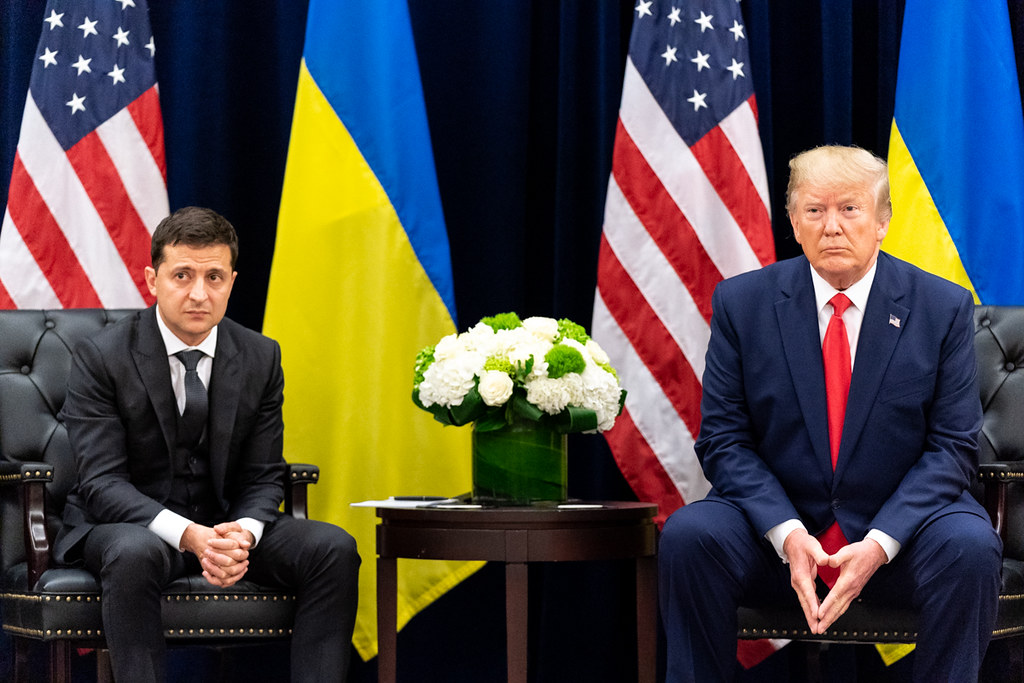Japan’s exports to the United States declined in April for the first time in four months, reflecting the early impact of higher US tariffs and softening demand for key goods such as automobiles and industrial machinery.
According to data released Wednesday by Japan’s Ministry of Finance, exports to the US fell 1.8% year-over-year in April. This marked a reversal from a 3.1% increase in March and was the first decline since December 2024. The drop was largely attributed to weaker shipments of vehicles, steel, and chip-making machines.
Overall, Japan’s exports rose 2.0% in April compared to the previous year, in line with economists’ forecasts but slower than March’s 4.0% growth. Imports decreased by 2.2%, resulting in a trade deficit of 115.8 billion yen ($802.8 million), contrary to expectations of a surplus.
Despite the dip in exports, Japan’s trade surplus with the US increased 14.3% year-over-year to 780.6 billion yen ($5.4 billion), as imports from the US declined more sharply. However, the surplus narrowed compared to March’s 846.9 billion yen.
The downturn comes amid escalating trade tensions and the imposition of new US tariffs under former President Donald Trump’s administration. Japan currently faces a 25% tariff on exports of automobiles, steel, and aluminum, in addition to a 10% baseline tariff. Reciprocal tariffs of 24% have been temporarily suspended, giving Tokyo a brief window to negotiate exemptions.
Economists warn that the longer-term impact of these trade policies could weigh heavily on Japan’s economy. Automobiles, which represent over a quarter of Japan’s exports to the US, saw a 4.8% drop in value in April, influenced in part by a stronger yen and lower demand for high-end models.
Japan’s top trade negotiator, Ryosei Akazawa, is expected to hold a third round of talks in Washington this week. While Tokyo is seeking a rollback of tariffs, analysts remain cautious about the likelihood of a major breakthrough.
“The Japanese economy was already in a soft patch before the tariffs took hold,” said Abhijit Surya, senior economist at Capital Economics. “Net exports are likely to continue weighing on GDP growth in the second quarter.”
Japan’s GDP contracted at an annualized rate of 0.7% in the first quarter of 2025, as both private consumption and export growth slowed. The uncertain trade environment is complicating the Bank of Japan’s policy outlook, with some economists now expecting the next interest rate hike to be delayed until October.
With manufacturers facing growing pressures from global supply chain disruptions and shifting trade policies, the outlook for Japan’s export-driven economy remains clouded. As Stefan Angrick of Moody’s Analytics noted:
“Trade policy flip-flops risk creating whiplash that would ripple through the economy, hurting growth.”
CNBC, Reuters, and the Wall Street Journal contributed to this report.










The latest news in your social feeds
Subscribe to our social media platforms to stay tuned